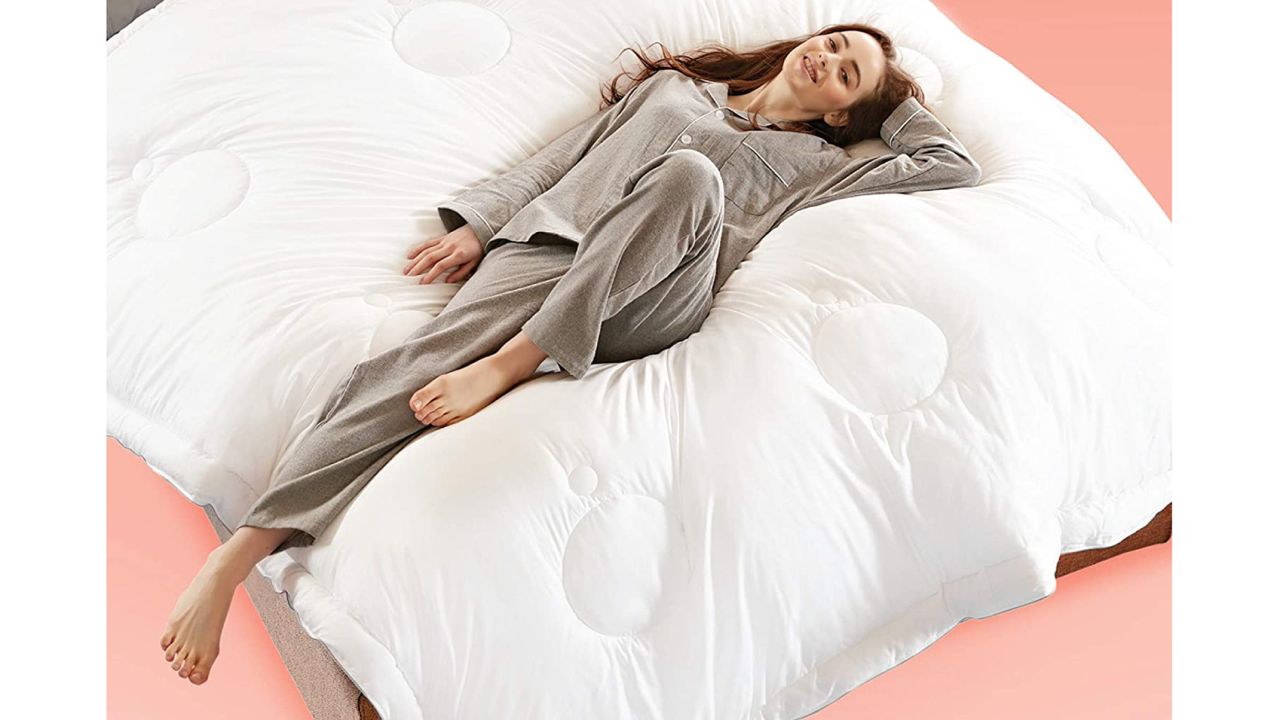Outline of the Article
- Introduction to Navy Bunks
- History and Evolution of Navy Bunks
- Early Naval Accommodations
- Development of Modern Navy Bunks
- Types of Navy Bunks
- Rack Beds
- Hammocks
- Modular Bunk Systems
- Design and Construction of Navy Bunks
- Materials Used
- Safety Features
- Space Optimization
- Functionality and Features
- Storage Solutions
- Comfort Considerations
- Privacy Arrangements
- Importance of Navy Bunks
- Impact on Crew Morale
- Role in Naval Operations
- Challenges and Innovations
- Addressing Space Constraints
- Enhancing Comfort and Ergonomics
- Conclusion
Exploring Navy Bunks: A Comprehensive Guide
Navy bunks, an integral part of naval vessels, serve as sleeping quarters for crew members during deployments and operations. These unique sleeping arrangements have a rich history and play a crucial role in ensuring the well-being and efficiency of naval personnel. In this article, we delve into the world of navy bunks, exploring their evolution, design, functionality, and significance.
1. Introduction to Navy Bunks
Navy bunks, also known as berths or racks, are specialized sleeping areas onboard naval ships. These bunks are designed to accommodate the crew comfortably while maximizing the use of limited space available on vessels.
2. History and Evolution of Navy Bunks
Early Naval Accommodations
Historically, naval vessels utilized simple sleeping arrangements, often consisting of hammocks suspended from the ship’s structure. These hammocks provided a practical solution for maximizing sleeping space while ensuring minimal obstruction within the ship’s compartments.
Development of Modern Navy Bunks
Over time, advancements in naval architecture and technology led to the development of more sophisticated bunking systems. Modern navy bunks are designed to meet stringent safety standards while providing enhanced comfort and functionality for crew members.
3. Types of Navy Bunks
Rack Beds
Rack beds are the most common type of navy bunks found on contemporary naval vessels. These beds are typically arranged in tiers, with each tier accommodating multiple crew members. Rack beds often feature storage compartments and privacy curtains for added convenience and comfort.
Hammocks
Although less common in modern naval fleets, hammocks remain a traditional sleeping option on some vessels. Hammocks offer flexibility in terms of storage and space utilization, making them suitable for ships with limited berthing areas.
Modular Bunk Systems
In recent years, modular bunk systems have gained popularity in naval architecture. These systems allow for versatile configurations, enabling crews to adapt sleeping arrangements according to specific operational requirements.
4. Design and Construction of Navy Bunks
Materials Used
Navy bunks are constructed using durable materials such as steel, aluminum, and composite materials to withstand the rigors of marine environments. Additionally, mattresses and bedding are selected for their resilience and comfort properties.
Safety Features
Safety is paramount in the design of navy bunks, with features such as handrails, ladders, and restraint systems incorporated to prevent accidents and injuries during rough seas or sudden maneuvers.
Space Optimization
Efficient space utilization is a key consideration in the design of navy bunks, with compact layouts and modular configurations employed to maximize berthing capacity without sacrificing comfort or functionality.
5. Functionality and Features
Storage Solutions
Navy bunks often incorporate integrated storage compartments and lockers to allow crew members to stow personal belongings and equipment securely.
Comfort Considerations
Comfort is prioritized in the design of navy bunks, with features such as adjustable bedding, ventilation systems, and lighting controls provided to enhance crew rest and relaxation.
Privacy Arrangements
Privacy curtains or partitions are commonly used in navy bunks to afford crew members a degree of privacy and personal space within shared sleeping quarters.
6. Importance of Navy Bunks
Impact on Crew Morale
Comfortable and well-designed sleeping accommodations contribute to crew morale and well-being, fostering a positive living environment onboard naval vessels.
Role in Naval Operations
Effective berthing arrangements are essential for maintaining operational readiness and crew effectiveness during extended deployments and missions.
7. Challenges and Innovations
Addressing Space Constraints
Space limitations onboard naval vessels pose challenges for bunking arrangements, driving ongoing innovation in compact and modular bunk systems.
Enhancing Comfort and Ergonomics
Advancements in materials science and ergonomics are driving improvements in bunk design, with an emphasis on maximizing comfort and minimizing fatigue during prolonged periods at sea.
8. Conclusion
Navy bunks play a vital role in supporting the operational effectiveness and well-being of naval personnel. From their humble beginnings to modern innovations, these specialized sleeping accommodations continue to evolve to meet the needs of today’s maritime forces.
Frequently Asked Questions (FAQs)
- Are navy bunks comfortable for long-term use? Navy bunks are designed with comfort in mind, featuring ergonomic mattresses and ventilation systems to ensure crew members can rest comfortably during extended deployments.
- How are navy bunks secured during rough seas? Navy bunks are equipped with safety features such as handrails and restraint systems to prevent crew members from being thrown out of their berths during rough seas or sudden maneuvers.
- Can crew members personalize their navy bunk spaces? Yes, crew members are often allowed to personalize their bunk spaces with personal items and decorations, within the constraints of safety and operational requirements.
- Are hammocks still used on modern naval vessels? While hammocks are less common on modern naval vessels, they may still be employed on certain ships or for specific operational purposes.
- How do navy bunk designs vary between different types of vessels? Navy bunk designs may vary depending on the size and mission requirements of the vessel, with larger ships typically featuring more spacious and comfortable accommodations compared to smaller vessels.




